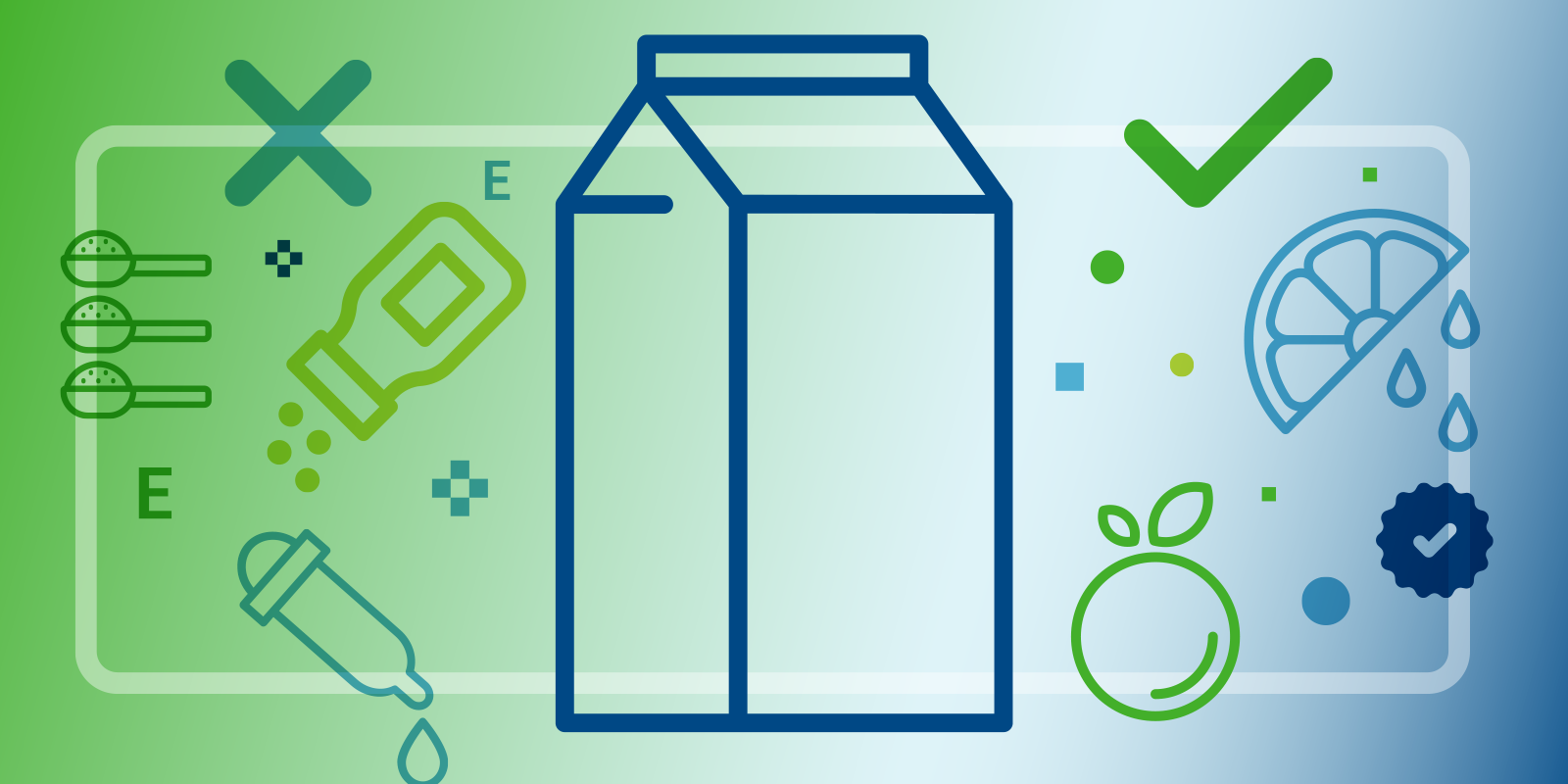
Making natural claims with clean labels
|
Food & Beverage
Posted By:
Trace One

Let’s spend some time looking at how a clean label could be an alternative to using natural claims.
This blog post is the fifth in our "Go Natural" series. View the other posts below:
It's only natural to be confused about naturals
Looking at natural claims around the globe
Questions from the industry-Naturals claims in food manufacturing
Questions from the industry—Compliant practices for added sugar and natural alternatives
Go natural
Naturality is always trending.
It’s one of the most popular areas for new product development and consumers continue to express interest in this domain.
We’ve discussed compliance in natural product and ingredient claims, how there’s no uniform definition across authorities, and how to make some sense of the guidelines. Now let’s spend some time looking at how a clean label could be an alternative to using natural claims.
Still no consensus
A familiar challenge, but there’s still little agreement when it comes to clean labels. Whether we’re looking to an authority, industry groups, or consumers, there’s no clear definition of a clean label.
Some consider a clean label to be products with fewer ingredients.
Others associate clean labels with recognizable ingredient names that don’t sound artificial.
And some tie it to the amount of processing those ingredients go through.
The subtext of a clean label encapsulates all three. A recipe that’s closer to what might be made at home, with a handful of ingredients consumers might have access to, instead of a complex processed and manufactured mixture containing unpronounceable names and mysterious ingredients.
There are two types of clean labels, those that visually look clean and those that have a clean ingredient list. Of course, the best strategy is to be both at once. Aesthetically, a clean label includes “free from” claims, has pictures of the ingredients, and relies on color coding to inform consumers. The ingredient list is short and easy to read, with no numbers and no chemical-sounding names.
What you thought versus what you execute
The main issue in clean labels will be under-delivering on your promises.
If a consumer encounters a “free from” claim but reads a chemical-sounding ingredient on the back, they’re going to be unhappy.
A clean label strategy should include the following:
Avoid the undesirable ingredients. Don’t use ingredients with bad reputations. Know your naming options—sometimes you’re just using the unpopular name.
Choose and claim use of desirable ingredients. Use trendy ingredients that have a positive halo effect across the entire product. Know your claiming options!
Give your recipe a simple look and a simple feel. Also known as the “kitchen cupboard strategy”, rely on a shorter is better approach, with a smaller ingredient list consisting of items consumers know and can spell. Doing so, accompanied by pictures of recognizable ingredients, could be part of your clean label messaging.
Process matters. Some ingredients require additional explanation, like a juice. Is it freshly processed and not from concentrate? Consumers expect transparency in how ingredients are treated. Focusing on the real-life inspired journey of ingredients and the food lifecycle can also help you develop a clean label product.
A clean solution
A clean label strategy can benefit from having access to a library of current regulatory and food trends. Trace One's Trace One Regulatory Compliance is designed to deliver reliable and up-to-date information on food safety, regulatory news, and regulatory updates.
Included with Trace One Regulatory Compliance is the Food News Monitoring System, which mines and extracts data on government edicts, scientific reports, and events that matter to you. Users can customize alerts to focus on relevant subjects, giving immediate access and awareness to news, changes, and recalls that might impact your product portfolio.
Knowing the requirements of different markets, including naming and claiming options in different markets, help inform a safe go to market strategy. With unclear clean label guidelines always in flux, using technology to stay informed and to support your decisions is a prudent step.
A clean alternative
Clean labels represent a clear opportunity to address customer demand around minimally processed and recognizable ingredients. While no legal or industry-wide definition exists, the implication of a clean label is that manufacturers are demonstrating transparency in their claims. As such, a clean label is an alternative to “natural” claims.
To support a clean label strategy, technology like the Trace One Regulatory Compliance can help food manufacturers quickly gain access to critical insights and data that might normally fly under the radar or require extended periods of research. The Trace One Regulatory Compliance allows users to subscribe to targeted alerts, giving them access to the latest regulatory changes, scientific reports, and recall news in a specific food category.
The best strategy for a clean label is one that is both visually clean and has a clean ingredient list. It delivers on all the promises made on the label, meeting the expectations of the consumer. In the end, that’s the best approach for clean labels.